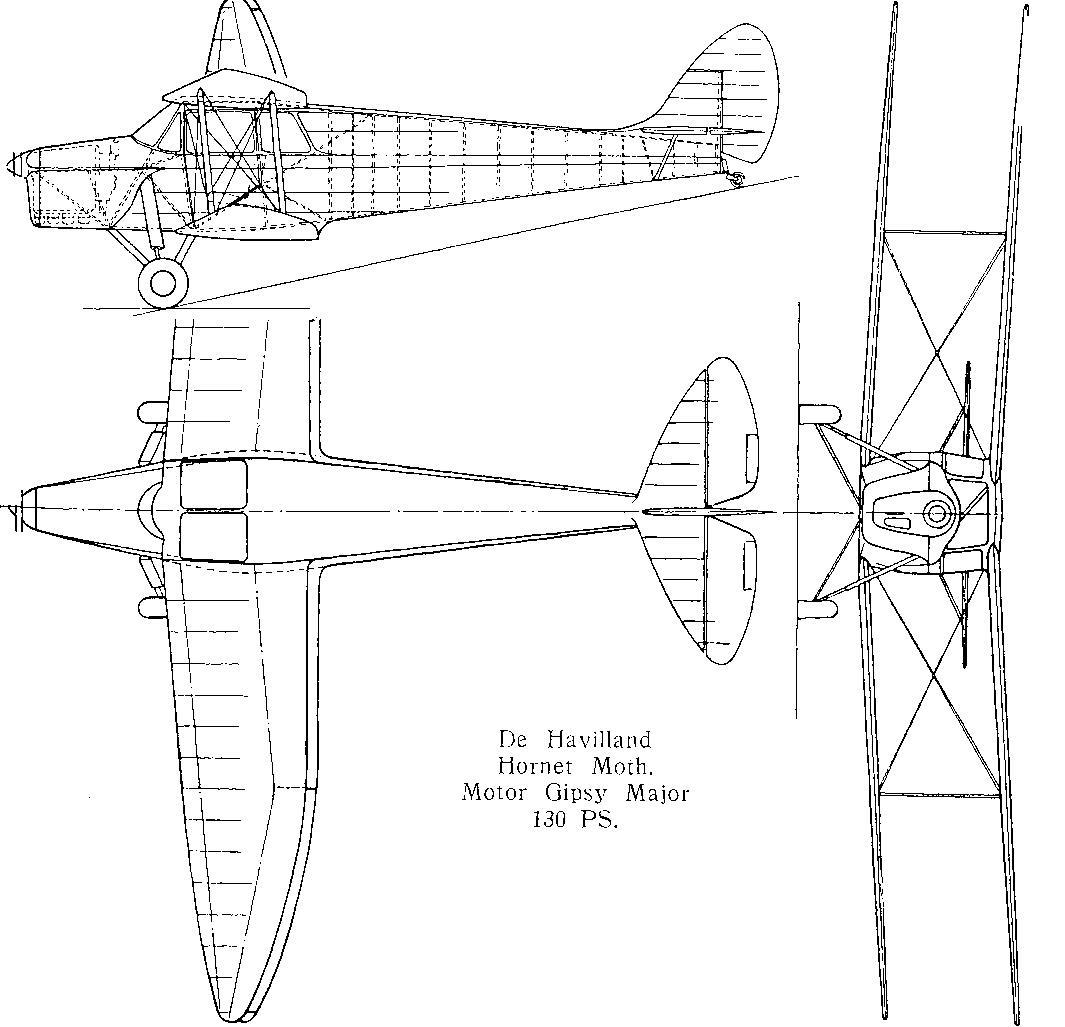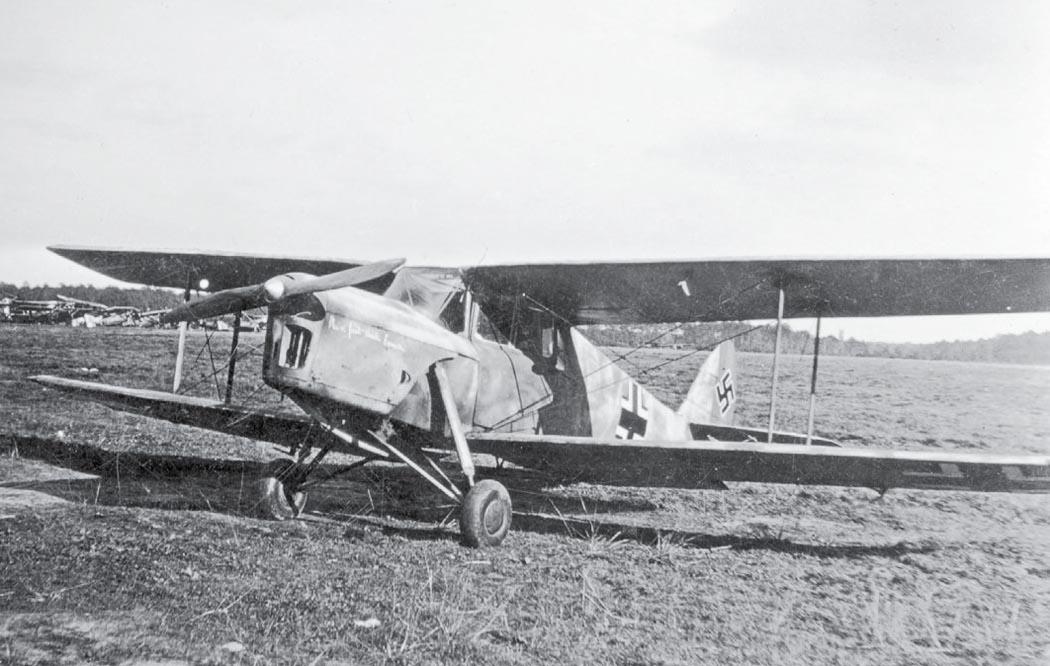| Type | Two seat trainer |
| Engine | 1 de Havilland Gipsy Major I with a 2-bladed fixed pitch wooden propeller |
| Dimensions | Length 7,607 m , height 2,01 m , span 9,73 m , wing area 22,71 m2 , airfoil RAF 15 |
| Weights | Empty 563 kg, loaded 885 kg, max. take off weight fuel 159 l, oil 9 l |
| Performance | Max.. speed 200 km/h , cruising speed 169 km/h at 305 m , stall speed 64 km/h, range 1000 km, endurance , service ceiling 4500 m , climb 3,5 m7SEC. , time to 1500 m 8 min. 45 sec. |
| Type | Werk.Nr | Registration | History |
| DH.87B | 8094 | OE-DKK, D.EDKK, HB-UBD | Karl Koch, Klagenfurt |

